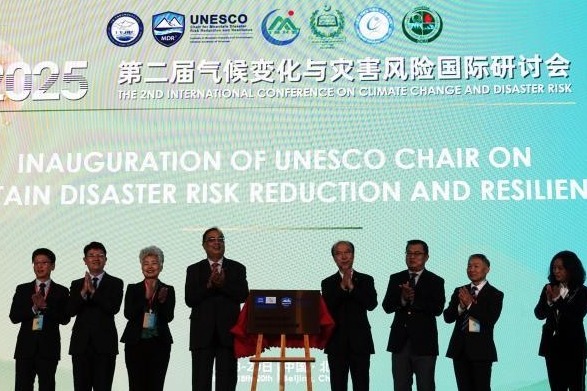Soil sample study offers clues on lunar water evolution

Chinese scientists studying a 2-gram lunar soil sample from the Chang'e 6 mission have identified rare CI chondrite impact residues, providing new insights into mass transfer in the inner solar system and offering new perspectives on lunar water distribution and evolution.
The study, led by a research team from the Guangzhou Institute of Geochemistry of the Chinese Academy of Sciences, was published in the journal Proceedings of the National Academy of Sciences on Tuesday.
CI chondrites, or Ivuna-type carbonaceous chondrites, are a super rare type of meteorite characterized by their primitive chemical composition, which is similar to the sun's nonvolatile elements. Rich in water and volatiles, these meteorites mainly formed in the outer solar system and some of them migrated into the asteroid belt in the inner solar system during the early formation of planets.
The identification of CI chondrite impact residues indicates that this material can migrate to the Earth-moon system.
In addition, the research team suggests that the water with positive oxygen isotope characteristics previously detected in lunar samples is likely contributed by impacts from this type of meteorite. This finding provides a new direction for future studies on the contributions of water to the surface of the moon.
- Soil sample study offers clues on lunar water evolution
- Xi Focus: Mastering China's long game
- Public suggestions shape Shanghai's next five-year blueprint
- Shanghai court sentences two in Disney VIP queue-jumping scam
- Youth revisit Taiwan's restoration to China
- China completes construction of world's first wind-powered underwater data center





































